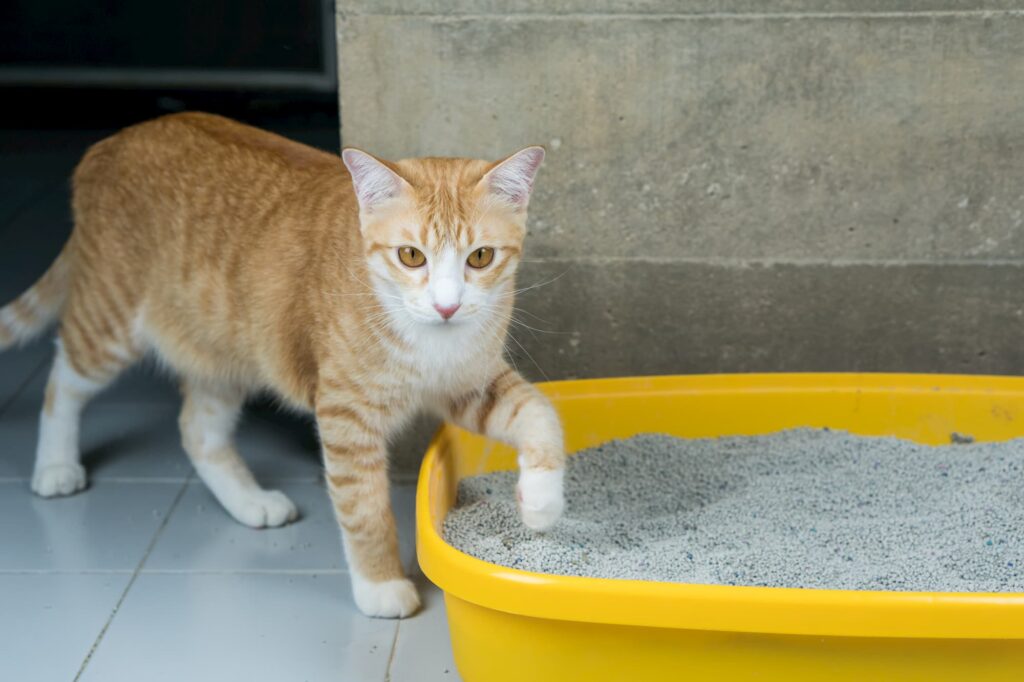Cats are famously particular about their litter boxes, and ensuring they use it consistently and comfortably is key to maintaining a happy and healthy feline friend. Here are some essential tips to help your cat love their litter box:
01. Choose the Right Litter
Start by selecting a litter that your cat prefers. Cats have individual preferences for litter texture and scent. Experiment with different types—clumping, non-clumping, scented, or unscented—to find what your cat likes best.
02. Maintain Cleanliness
Cats are clean animals and prefer a tidy litter box. Scoop waste at least once a day and change the litter completely every 1-2 weeks (or more frequently if needed). A clean box encourages regular use and prevents accidents.
03. Location Matters
Place the litter box in a quiet, accessible location. Cats appreciate privacy when using the bathroom, so avoid high-traffic areas or places with loud noises. Ensure it’s easily reachable, especially for older or younger cats.
04. Provide Multiple Boxes
If you have multiple cats, provide one litter box per cat plus one extra. Some cats are territorial and prefer their own space. Having enough boxes reduces competition and stress.
05. Size and Accessibility
Choose a litter box that accommodates your cat’s size comfortably. Kittens and elderly cats may need low-entry boxes for easy access. Ensure the sides are low enough for easy entry and exit.
06. Positive Reinforcement
Reward your cat for using the litter box correctly, especially if they’re learning or have had accidents. Positive reinforcement with treats or gentle praise helps reinforce good litter habits.
07. Address Behavioral Issues Promptly
If your cat suddenly stops using the litter box, consult your veterinarian. Behavioral changes could indicate health problems or stress. Addressing issues promptly ensures your cat’s well-being.
08. Keep It Fresh
Consider using litter box liners or mats to contain litter scatter and make cleaning easier. Some cats prefer a covered box for added privacy, while others prefer open-top options.
09. Monitor and Adjust
Cats’ preferences may change over time. Monitor their behavior around the litter box and be prepared to adjust litter type, box location, or style if needed to maintain their comfort.
10. Patience and Consistency
Transitioning your cat to a new litter box or addressing litter box issues requires patience. Stay consistent with cleaning routines and positive reinforcement to help your cat adjust.
By following these tips, you can create a comfortable and inviting litter box environment for your cat, promoting regular use and a happier, healthier pet. Taking the time to understand and accommodate your cat’s preferences ensures they feel safe and comfortable in their litter box space.
